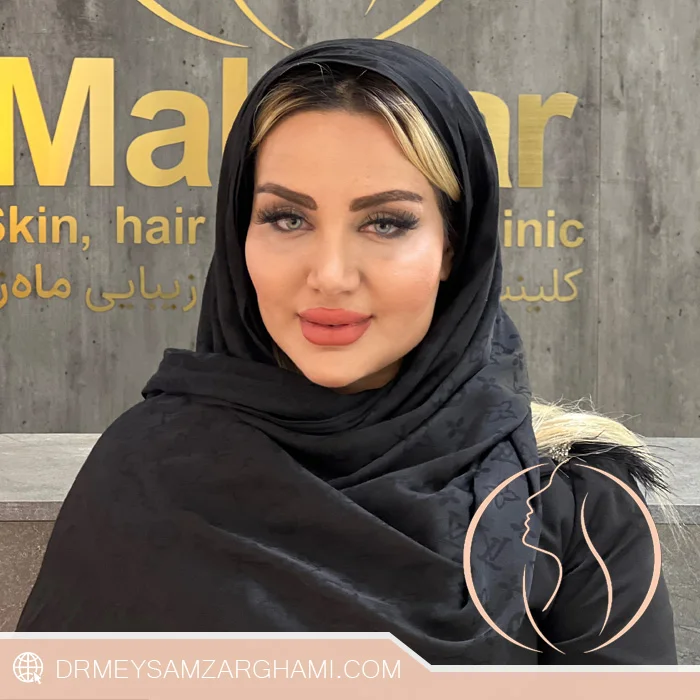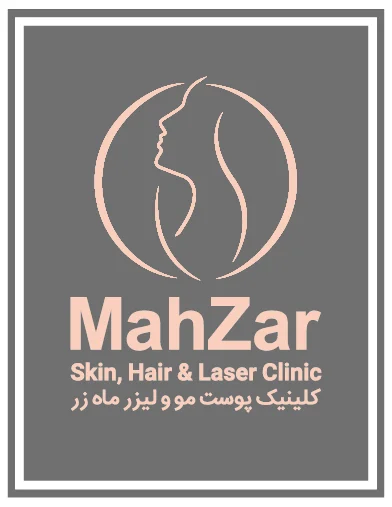Fat injection, also known as fat grafting or fat transfer, is a cosmetic procedure that involves removing fat from one area of the body and injecting it into another area to enhance volume and improve contours. This procedure has gained popularity in recent years due to its natural and long-lasting results. However, to achieve the best outcomes and minimize potential complications, proper care and aftercare are crucial.
Understanding Fat Injection
Fat injection is a minimally invasive procedure used for various purposes, such as facial rejuvenation, breast augmentation, buttock enhancement, and correcting contour irregularities. The process involves three main steps: harvesting fat cells, purifying them, and injecting them into the desired area.
Preparing for the Procedure
Before undergoing fat injection, it’s essential to prepare adequately. This preparation phase includes:
-
Consultation with a Qualified Professional
Find a reputable and experienced plastic surgeon or dermatologist who specializes in fat injection. During the consultation, discuss your concerns, medical history, and expectations openly.
-
Medical Evaluation and Testing
Your surgeon will conduct a thorough medical evaluation to ensure you are a suitable candidate for the procedure. Blood tests and other medical assessments may be required to ensure your safety.
-
Discussing Expectations and Goals
Communicate your desired outcomes and expectations clearly to your surgeon. Realistic expectations are vital for a successful fat injection procedure.
The Fat Injection Procedure
-
Harvesting Fat Cells
The surgeon will select an area with excess fat, such as the abdomen or thighs, for fat harvesting. Liposuction is used to remove fat cells gently.
-
Purification of Fat Cells
The harvested fat undergoes a purification process to separate impurities and damaged fat cells, leaving only healthy and viable fat for injection.
-
Injection Process
The purified fat cells are carefully injected into the target area using specialized techniques to ensure smooth and natural-looking results.
Aftercare Instructions
-
Immediate Post-Procedure Care
After the fat injection, your surgeon will provide specific instructions to follow. You may need to wear compression garments to minimize swelling and support the treated area.
-
Managing Discomfort and Swelling
It’s normal to experience some discomfort and swelling after the procedure. Your surgeon may recommend pain medications and cold compresses to alleviate these symptoms.
-
Dressing and Wound Care
Proper dressing and wound care are crucial for minimizing the risk of infection. Follow your surgeon’s instructions diligently.
-
Recovery Timeline
The recovery period varies from person to person but typically involves a few days of rest and avoiding strenuous activities. You should be able to return to work and regular activities within a week or two.
Maintaining Results for the Long Term
-
Healthy Lifestyle and Diet
Maintaining a healthy lifestyle, including a balanced diet and regular exercise, can help preserve the results of fat injection.
-
Sun Protection
Protect the treated area from direct sun exposure, as UV rays can affect the longevity of the results.
Understanding the Impact of Sun Exposure: Exposure to the sun’s UV rays can lead to various adverse effects on the skin, particularly during the post-liposuction healing phase. Sunburn, hyperpigmentation, scarring, and delayed wound healing are some of the risks that patients may face if they fail to protect their treated areas from the sun. UV rays can penetrate the sensitive, healing skin, causing cellular damage and inflammation, which may ultimately compromise the results of the liposuction procedure.
Use Protective Clothing: One of the simplest and most effective ways to shield the treated areas from the sun is to wear protective clothing. Loose-fitting, lightweight garments that cover the treated regions adequately can minimize direct sun exposure. Look for clothing made from tightly woven fabrics, as they offer better protection against harmful UV rays. Darker colors and long sleeves are also more effective at blocking sunlight. Hats with wide brims can protect the face and neck from direct sun exposure.
Apply Sunscreen Regularly: Sunscreen is a vital component of any sun protection regimen after liposuction. Opt for a broad-spectrum sunscreen with an SPF (Sun Protection Factor) of at least 30. Apply sunscreen generously and evenly over the treated areas before going outside, and reapply every two hours or more frequently if you’ve been swimming or sweating. Keep in mind that sunscreen should be used even on cloudy days, as UV rays can penetrate clouds and cause damage.
Seek Shade During Peak Hours: The sun’s intensity is highest between 10 a.m. and 4 p.m., making it crucial for post-liposuction patients to avoid direct sunlight during these peak hours. Seek shade or stay indoors whenever possible during this time frame to reduce the risk of sunburn and further damage to the healing skin.
-
Avoiding Certain Medications and Treatments
Inform your healthcare providers about your fat injection procedure to avoid any medications or treatments that could interfere with the results.
-
Follow-up Visits with Your Surgeon
Regular follow-up visits with your surgeon are essential to monitor your progress and address any concerns.
-
Potential Risks and Complications
Like any medical procedure, fat injection carries some risks. These may include infection, asymmetry, and the possibility of overcorrection or undercorrection.
Frequently Asked Questions
FAQ 1: How long does it take to see the results of fat injection?
The initial results are visible immediately after the procedure, but the final results will become apparent once the swelling subsides, usually within a few weeks.
FAQ 2: Can I resume exercise after fat injection?
You should avoid strenuous exercise for at least two weeks after the procedure. Follow your surgeon’s advice on gradually resuming physical activities.
FAQ 3: Is fat injection permanent?
While fat injection offers long-lasting results, some fat may be reabsorbed by the body over time. However, the remaining fat cells usually stay in place permanently.
FAQ 4: Are there any side effects to be aware of?
Common side effects include swelling, bruising, and mild discomfort. These are temporary and should subside within a few days.
FAQ 5: What if I’m not satisfied with the results?
If you are not fully satisfied with the results, discuss your concerns with your surgeon. In some cases, a touch-up procedure may be recommended.
Conclusion
Fat injection is a versatile and effective procedure for enhancing various areas of the body. By following the proper care and aftercare instructions, you can achieve optimal results and enjoy the benefits of fat injection for years to come. Remember, choosing a qualified and experienced surgeon is vital to ensure a successful and safe fat injection experience.


